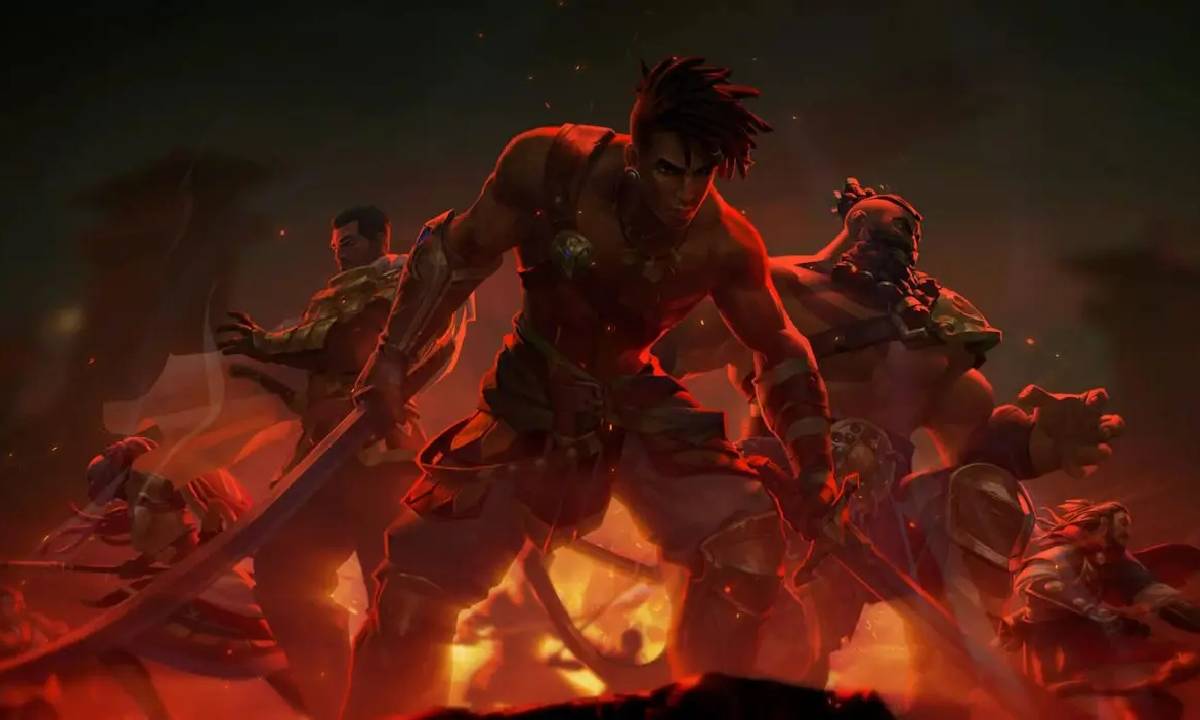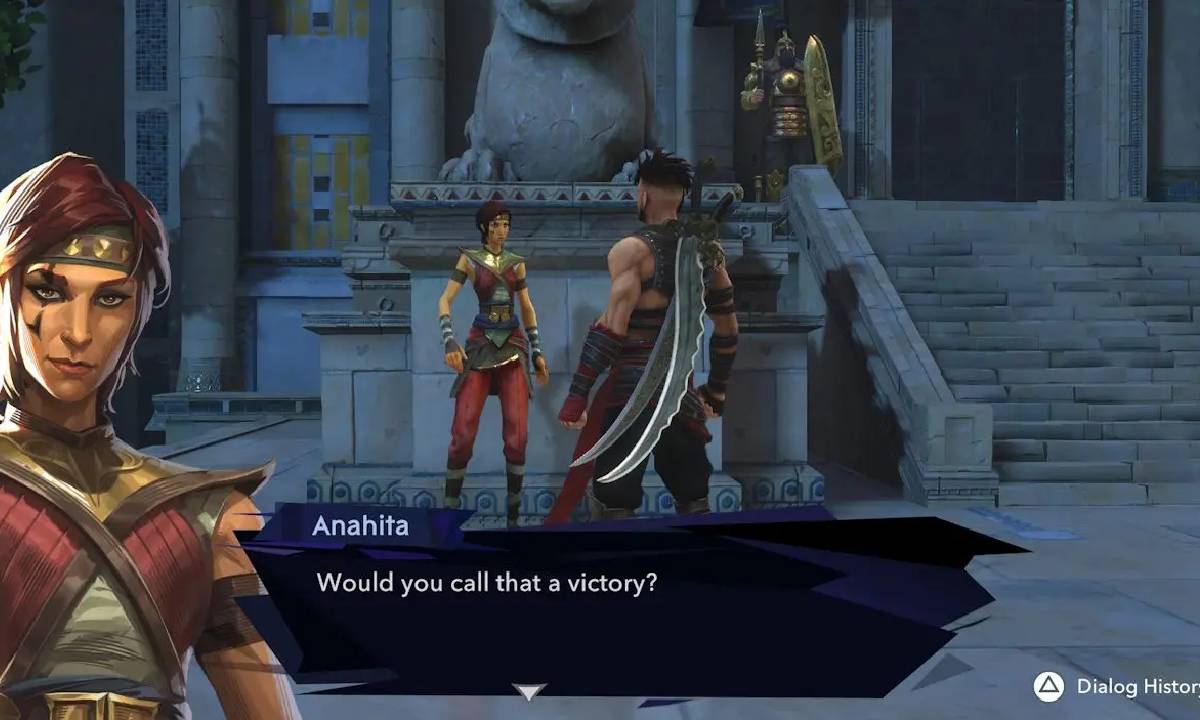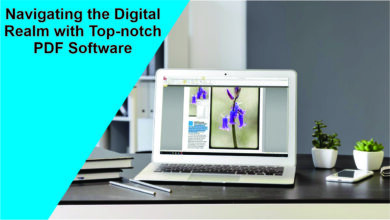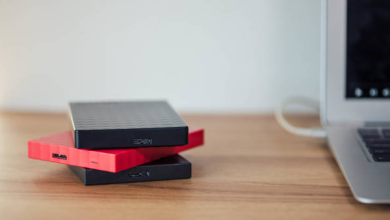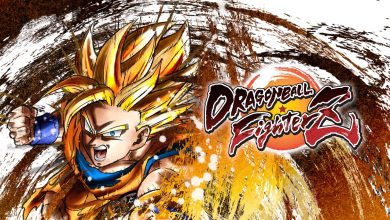Prince of Persia: The Lost Crown – A Metroid Vania Triumph
Explore the enchanting world of 'The Lost Crown' with insights on gameplay, story, and performance.
Venturing into the new year, one of the games that has caught my expectations since its uncover last year is “Prince of Persia: The Lost Crown,” a remake of an old favorite from my youth.
Ubisoft has embraced a new way to deal with the darling work of art, giving a reimagination that has demonstrated to be one of the champion send-offs for the organization in this financial year.
Regardless of its unobtrusive spending plan, “Lost Crown” effectively conveys a rich gaming experience, presenting a few novel components that reinvigorate the Metroidvania classification.
Thoughtfully given an early duplicate by Ubisoft, I’ve had the joy of investigating the captivating universe of “Prince of Persia: The Lost Crown,” The following are my thoughts and insights regarding this new gaming experience.
The Immortals Stand Together
In the domain of “Prince of Persia: The Lost Crown,” the story unfurls inside the recognizable scenery of the exemplary Ruler of Persia universe. Be that as it may, instead of returning to the notable characters of the past, the game presents a new point of view by zeroing in on new heroes.
Players step into the shoes of Sargon, a considerable individual from the Immortals — a gathering of tip-top champions supplied with enchanted powers.
The plot strengthens when Ghassan, the Ruler of the Persian domain, is stolen, pushing the obligation of his salvage onto Sargon and the Immortals. The quest leads them to the mystical Mount Qaf, the abode of the time god Simurgh.
True to form in a Sovereign of Persia story, time takes on a non-direct quality in this ethereal setting. Caught inside the puzzling mountain while endeavoring to free the ruler, Sargon sets out on an excursion, exploring the difficulties of Mount Qaf and trying to disentangle the secrets that encompass him.
See Also: All Dragon Ball Fighterz Characters
Ubisoft has put impressive ideas and exertion into creating a convincing story for “Prince of Persia: The Lost Crown.” While the game’s Metroidvania nature could consign the story to an optional job for certain players, the designers have executed frameworks to guarantee that players can get a handle on the primary account without feeling overpowered.
Immersive Universe: Lore Collectibles, Side Quests, and Character Dynamics
To enhance the storytelling experience, world-building elements have been seamlessly integrated through lore collectibles, adding depth to exploration. Importantly, the inclusion of these collectibles is not forced, allowing players to decide the extent of their engagement with the game’s backstory.
In addition to the main storyline, the game features side quests that significantly contribute to expanding the universe. Engaging in exploration is thus recommended, as these quests enhance the overall gameplay experience.
The approximately 18 hours I’ve spent playing the game have revealed a series of earnest attempts to create an original and captivating narrative. While it may not fully capture the energy of the iconic Sands of Time trilogy, it comes remarkably close.
Sargon and his fellow characters bring a decent amount of life to the narrative, and the introduction of bosses adds a fun and challenging element to the Prince of Persia remake.
However, a notable drawback is the absence of the radiant aura that characterized the characters, both protagonist and antagonist, in the Sands of Time trilogy. This lack of distinctive charisma extends to enemies as well, making it challenging to pinpoint a single memorable character or adversary beyond Sargon.
Nevertheless, “Prince of Persia: The Lost Crown” doesn’t aspire to replicate the Sands of Time trilogy’s vibe. Instead, it has distinct aims and motivations, successfully achieving what it sets out to be. Despite the minor concern about character charisma, the game excels in delivering a fresh and engaging experience within the Prince of Persia universe.
See Also: Xbox Game Pass – Early January 2024 Games Announced
Venture The Metroidvania Mount Qaf
The gameplay loop in “Prince of Persia: The Lost Crown” quickly catches consideration, introducing a strong Metroidvania experience that draws motivation from acclaimed titles like Impious, Empty Knight, and Castlevania. Ubisoft’s interpretation of the series is estimable, offering both openness and a rich gaming experience.
Remarkably, the game stands out as one of the most accessible Metroidvanias created. Ubisoft provides players with the option of choosing between a guided experience or a more old-school, hands-off approach. This flexibility proved to be a game-changer, allowing for a tailored gaming experience based on personal preferences.
As players progress through the game, encountering puzzles and unlocking new areas, the introduction of memories adds a unique and innovative aspect.
Memories allow players to capture screenshots on the map, helping them remember specific points and puzzles encountered during their journey. This feature sets a trend in the Metroidvania genre, offering a practical solution to enhance navigation and exploration.
Tailored Challenge: Custom Difficulty Options and the Thrill of Exploration
The commitment to accessibility extends to difficulty customization, where players have the option to finely tune enemy and environmental damage according to their preferences. Alongside the traditional difficulty choices, the inclusion of a custom difficulty feature allows for a personalized gaming experience.
While adhering to the standard Metroidvania structure with diverse biomes and interconnected levels, “Prince of Persia: The Lost Crown” elevates exploration to a rewarding and fulfilling experience. The first hours of gameplay were dedicated to unraveling the map for future explorations, a process that proved immensely satisfying.
The inclusion of a fast-travel system between biomes adds convenience without sacrificing the thrill of exploration. Advancing through the story opens new features of the game, guaranteeing that the excursion stays drawing in and charming.
Generally speaking, Prince of Persia: In addition to introducing novel elements that enhance the gameplay loop, “The Lost Crown” succeeds in providing a Metroidvania experience that is both engaging and playable for all players.
See Also: Exploring Top Online Games with Chatting
Bend Time to Your Will
Given the legacy of the Prince of Persia series, time manipulation is a key element in “Prince of Persia: The Lost Crown,” facilitated by the introduction of Time Powers. Unlocked through progression in the main storyline, these powers enable players to manipulate time and space to their advantage. For instance, one power allows mid-air dashing, while another permits rewinding to the last position.
The incorporation of these Time Powers not only aids in advancing the story but also adds an element of enjoyment to the gameplay. The environments in the game are crafted to complement these powers, enhancing the satisfaction of using them while traversing the map.
Moreover, Time Powers play a crucial role in solving environmental puzzles. Some puzzles may initially seem out of reach, but as players unlock more Time Powers, these challenges become more manageable. The gradual acquisition of these powers adds a layer of progression to the game, making it both rewarding and immersive.
Among the Time Powers, air dashing stands out as a favorite, offering a thrilling experience of zooming through platforms and puzzles. The sensation of speed and agility while air-dashing is a unique aspect that truly needs to be experienced in-game to be fully appreciated.
Combat Lets You Lock Horns with the Enemies in Style
In the treacherous terrain of Mount Qaf, Time Powers aren’t just for traversal; they play a crucial role in facing off against a myriad of enemies. Sargon, armed with two Twin-Swords and a bow, showcases his competence as a fighter, fulfilling the desires of players who appreciate a hero with versatile combat skills.
Unlike traditional beat-em-up games, “Prince of Persia: The Lost Crown” doesn’t burden players with a combo meter, allowing for a more relaxed yet stylish combat experience. With over sixty different enemy types scattered throughout the game, including challenging bosses, players are encouraged to experiment with mixing and matching Time Powers during combat to gain an edge over opponents.
For enthusiasts of beat-em-up and fighting games, the combat system in “Lost Crown” brings joy by offering various styles and techniques. Ground combos, ground-to-air combos, and air combos allow for dynamic and visually pleasing encounters. The ability to parry almost every incoming attack not only adds a layer of skill but also fills up the Athra gauge, a crucial element in combat.
The Athra energy accumulated through combat is utilized for Athra surges, which are special attacks. While some surges require exploration to discover, the essential ones are provided through the main progression, significantly aiding in combat scenarios. The game generously offers numerous surges, allowing players to choose and utilize two at a time.
The combat experience, coupled with exploration, solidifies “Prince of Persia: The Lost Crown” as a robust Metroidvania. Ubisoft’s commitment to accessibility is evident, making it an inviting entry for newcomers to the genre.
For veterans, the essence of Metroidvania remains intact, with optional features that cater to individual preferences. The combat system not only complements the overall gameplay but also reinforces the game’s status as a versatile and enjoyable experience within the genre.
Level up Sargon to Even the Playing Field
“Prince of Persia: The Lost Crown” introduces a well-designed leveling system that strikes a balance between depth and accessibility. Located at Haven, players can enlist the help of various characters to enhance their capabilities.
The leveling system allows for the upgrade of health potions, the acquisition of medallions with passive benefits for Sargon, and the improvement of weapons. Additionally, players can seek story progression hints if they find themselves at a loss.
Players obtain the currency for these upgrades, Time crystals, by defeating enemies. Importantly, the leveling system remains optional, ensuring that players are not compelled to return to Haven for upgrades or purchases. This design choice caters to both experienced players who may choose to overlook these enhancements and newcomers who might benefit from the added support.
The absence of a traditional leveling-up mechanic eliminates unnecessary complexity, allowing players to focus on the core aspects of exploration and combat. While the Haven system may not be a constant destination for every player, it gradually becomes a valuable resource, providing a well-deserved edge over opponents after a few hours into the game.
Combining these elements into a cohesive package, “Prince of Persia: The Lost Crown” emerges as a solid game with minimal drawbacks. The sharp and stylish gameplay, coupled with the thoughtful leveling system, contributes to an immersive and enjoyable experience for players exploring the rich world of the Prince of Persia universe.
Performance
“Prince of Persia: The Lost Crown” follows a 2.5D gameplay style, and the developers have chosen a stylized art direction for the game. In terms of gameplay performance on PC, the results are impressive, based on our testing on a review rig equipped with the following components:
- The review copy had the 1.0 patch applied, providing a performance experience similar to the launch version for all players.
- I utilized the highest graphics settings available in-game during testing.
The game opts for a streamlined approach to graphics settings, lacking custom options or upscaling technologies. This choice lines up with the game’s craft style and spotlights on conveying a firm visual encounter.
Players have a decision between two enemies of associating strategies, SMAA and FXAA, influencing both execution measurements and the presence of barbed edges in the climate and characters. The game performs well, with no noticeable hiccups, and runs smoothly.
Frame rates reached over 350 FPS at various points in the game, and this level of performance remained consistent. The game features a frame limiter, but overall, it ran effortlessly on the test system, with CPU and GPU utilization staying below 40% at all times.
In summary, the gameplay is well-optimized, ensuring an enjoyable experience even on lower-end NVIDIA or AMD graphics cards without encountering significant issues.
Read Also: Top 9 Multiplayer Games for PC & Mac in 2024
Prince of Persia: The Lost Crown – Worth Buying?
“Prince of Persia: The Lost Crown” stands out as a commendable venture by Ubisoft into the Metroidvania genre. The game prompts players to question why the studio didn’t explore such titles earlier, especially considering its successful track record with solid 2.5D titles like Child of Light and the Rayman series. The game seamlessly fits into Ubisoft’s portfolio, feeling right at home within the company’s repertoire.
While the use of the Prince of Persia brand might feel somewhat unnecessary, especially for those with nostalgic ties to the franchise, it serves to justify the inclusion of time powers in the game. Beyond this minor quibble, there is little else to complain about in this title.
Whether it’s the drawing in a primary story or the open interactivity, “Prince of Persia: The Lost Crown” has an enduring impression.
One of the studio’s best games in a long time stands out as this one. It’s possible that the characters don’t have the same personality as their predecessors, but this isn’t a big deal when the gameplay is great. “The Lost Crown” is a testament to the fact that a game’s fun factor can sometimes overshadow other aspects.
The recommendation for this title is emphatic, and there’s hope that Ubisoft continues to explore the creation of well-made, low-budget games in different genres. The success of “Prince of Persia: The Lost Crown” suggests that there is untapped potential for the studio to diversify its portfolio and deliver enjoyable experiences across various gaming genres.
Pros and Cons
Pros:
- A solid addition to the overarching Prince of Persia universe.
- Accessible Metroidvania, offering a challenge to veterans and welcoming newcomers.
- Smooth and fun combo and traversal mechanics.
- Custom difficulty allows players to tailor the experience to their preferences.
- The innovative “Memories” feature is a revolutionary addition that could be beneficial in future Metroidvanias.
Cons:
- The cast of characters barely carries over the aura and memorability of their predecessors.
“Prince of Persia: The Lost Crown” delivers a robust Metroidvania experience within the cherished Ubisoft series. Despite the characters potentially fading from memory, the captivating story and engaging gameplay compensate for this minor drawback. The game stands out as one of the most recent launches from Ubisoft, offering a well-crafted addition to the long-running and beloved Prince of Persia series.


